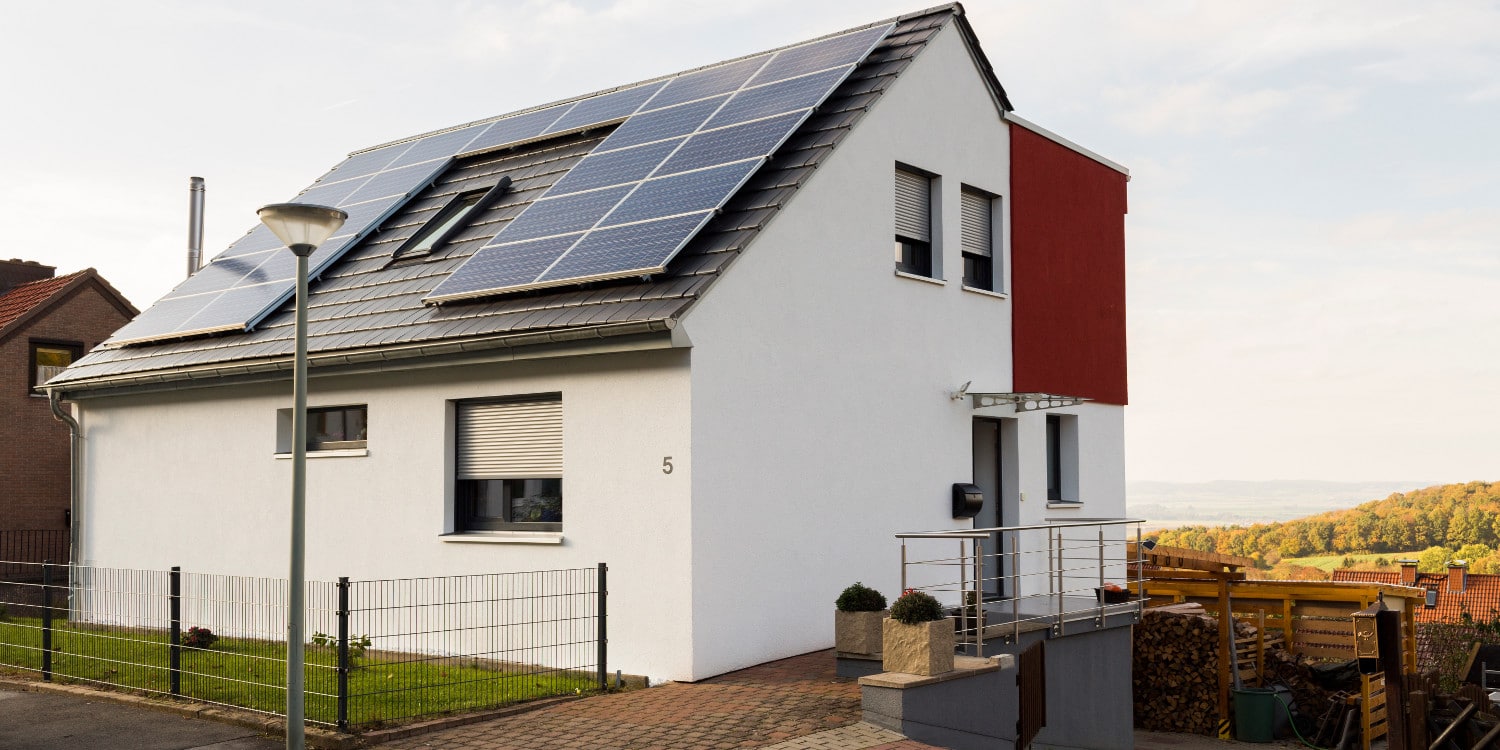https://en.solarbe.com/home/article/info/catId/49/id/5807.html
As Global Rooftop Solar Booms, India Goes Missing
Energy research and business intelligence firm Rystad Energy has released a new report on global rooftop solar installations.

The firm predicts that rooftop solar PV installations are set to surge in the next three years, with total capacity reaching 94.7 gigawatts (GW) by 2025. This growth reflects the broader solar market, which has been on a tearaway boom since 2016. During this time, rooftop installations have jumped by 64% in five years, rising from 36 GW in 2017 to 59 GW in 2021 and now represent 30% of the total global solar capacity. The growth has been primarily driven by an increased adoption in China, where rooftop installations increased from 19.4 GW in 2017 to 27.3 GW in 2021. Before 2017, rooftop solar was almost non-existent in China, with only 4 GW of installed capacity in 2016.
In terms of marker penetration, the Australian story has been well documented, with rooftop solar the highest contributor for solar energy there, even as incentives in the massive American market are also driving growth there.
Missing in the Rystad numbers is India, which has managed to put up just over 7 GW of rooftop solar capacity till date, way short of its 40 GW target for 2022. Not just that, policies in India continue to be an issue clearly, as Rystad does not expect a sharp spurt anytime soon in the market here, even as experts do hope to see it grow fast on the relatively small base. It needs to be remembered that when it comes to utility scale solar, India has consistently remained in the top 5 globally in the recent past. Total solar capacity in the country has now crossed 50 GW.
Coming back to rooftop capacity, it is mainly due to the incentives and friendly policies introduced by many countries to promote adoption, especially feed-in tariffs (FiTs) that guarantee an above-market price for producers.
“Small scale solar PV, including residential, commercial and industrial (C&I), and off-grid projects, are gaining momentum supported by economics and policies, with China, Japan, Germany, the US and Australia emerging as key markets. Key drivers for the high uptake in the residential sector include high retail electricity costs, low system costs, high FiTs and the available roof space,” says Gero Farruggio, Rystad Energy’s head of renewables research.
Australia, the US and the UK dominate residential solar
Australia leads the world in per-capita rooftop PV installations with 746 watts (WDC) per person, followed by Germany – 668 WDC per person – and Japan – 353 WDC per person. Australia, the US and the UK are the only countries in the top 10 countries list for total installed rooftop capacity where most of the systems are dedicated to powering residential properties. This is due to a combination of factors, including incentives (FiTs and grants), the high proportion of homeowners, and the many rooftops with suitable space, as well as the good solar resource (although this does not apply to the UK).
By contrast, the other top countries either do not have enough solar resources, lack incentives to improve the competitiveness of rooftop PV or have most of their population living in rented properties or apartments and are unable to install solar. Thus, C&I leads rooftop PV installations.
The US and Australia are similar markets regarding land, high levels of homeownership, good solar resource, but differ significantly in their solar incentives. The population of the US – 330 million – exceeds Australia’s – 26 million – by a factor of 10, but annual rooftop PV installations in the US are only twice those of Australia. Furthermore, the US has a more even distribution of residential and C&I systems as 44% of the total installed capacity is for powering C&I properties and 56% residential. In Australia, 87% of the small-scale PV systems are used to power residential properties, while 13% are installed for C&I use.
This discrepancy is due to the higher cost of purchasing in the US. A 3-kilowatt system costs $4.6/WDC in the US, compared with only $0.96 (USD) per WDC in Australia. The higher price tag in the US is primarily driven by the significant soft costs associated with purchasing the system, including the sales tax, permitting, inspection, interconnection, and profit margins. All these soft costs in the US account for 64% of the total cost, or $3/WDC for the 3-kilowatt system. In addition to higher costs, the economics of residential systems are less favorable in the US given that retail electricity prices (costs being offset) are substantially lower – but this is state-dependent.



